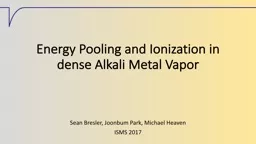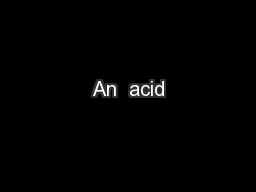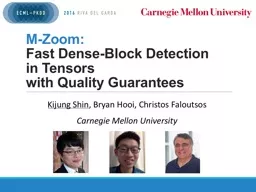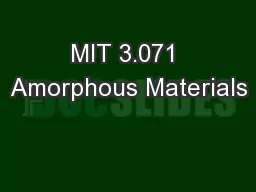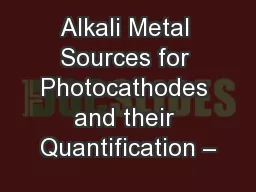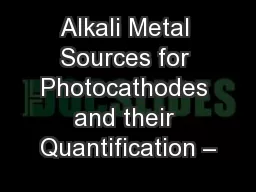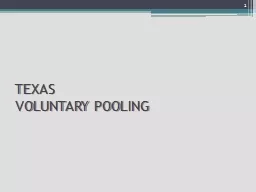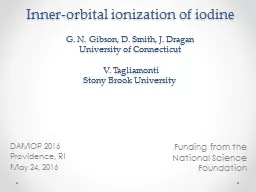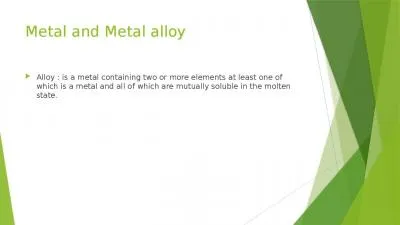PPT-Energy Pooling and Ionization in dense Alkali Metal Vapor
Author : sherrill-nordquist | Published Date : 2018-03-18
Sean Bresler Joonbum Park Michael Heaven ISMS 2017 Motivation Diode Pumped Alkali Lasers DPAL highpowers excellent beam quality Need fast n 2 P 32 n 2 P 12
Presentation Embed Code
Download Presentation
Download Presentation The PPT/PDF document "Energy Pooling and Ionization in dense A..." is the property of its rightful owner. Permission is granted to download and print the materials on this website for personal, non-commercial use only, and to display it on your personal computer provided you do not modify the materials and that you retain all copyright notices contained in the materials. By downloading content from our website, you accept the terms of this agreement.
Energy Pooling and Ionization in dense Alkali Metal Vapor: Transcript
Download Rules Of Document
"Energy Pooling and Ionization in dense Alkali Metal Vapor"The content belongs to its owner. You may download and print it for personal use, without modification, and keep all copyright notices. By downloading, you agree to these terms.
Related Documents

